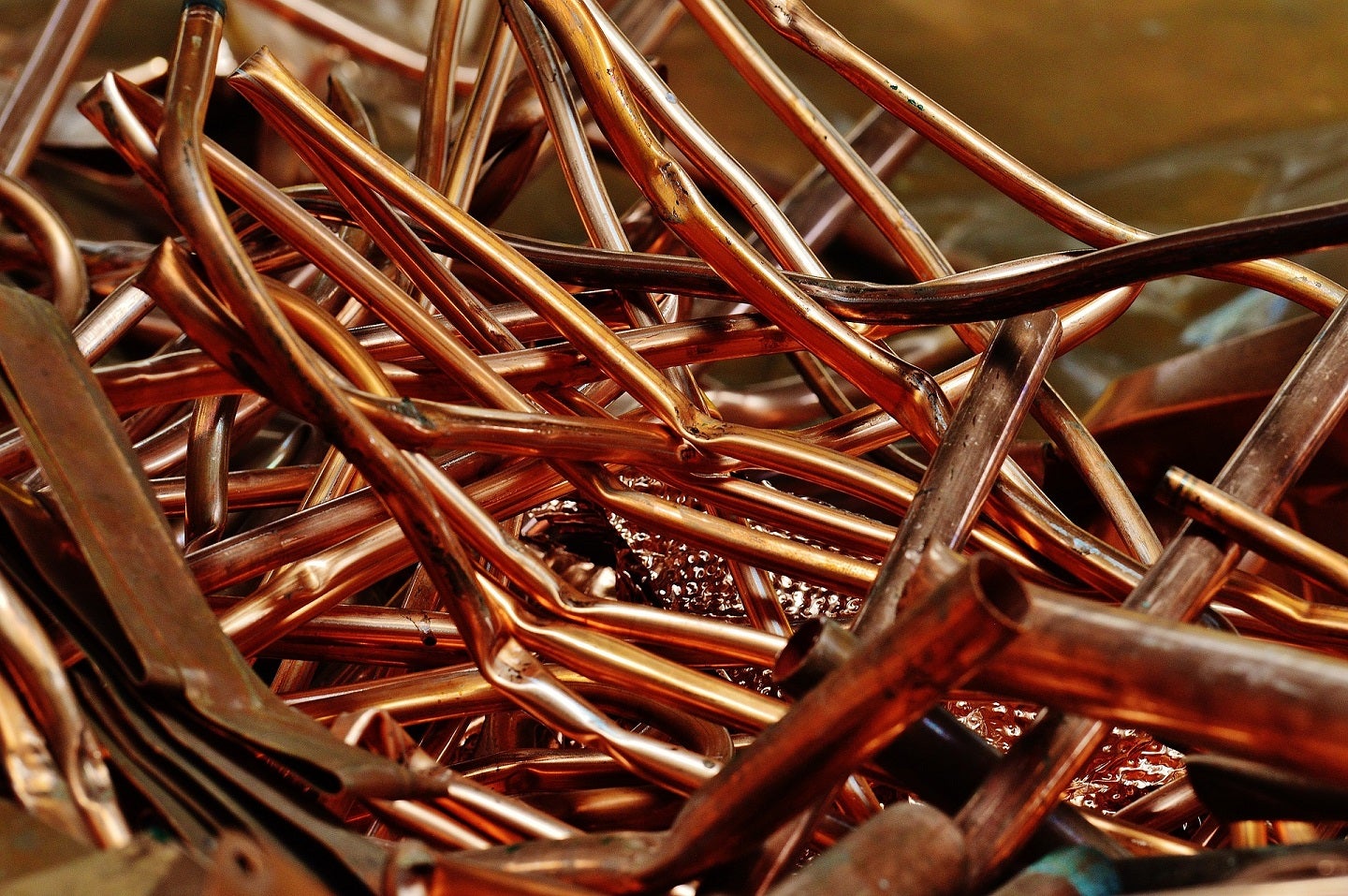
China’s Zijin Mining Group is considering an investment of approximately $3.8bn (27.71bn yuan) for the expansion of the Cukaru Peki copper and gold mine in eastern Serbia, reported Bloomberg News.
The move comes as the company aims to meet the surging demand for copper, which is vital to the global energy transition.
Zijin has invested $678m to develop the Cukaru Peki mine, which was commissioned in 2021.
The Chinese company now intends to undertake drill work at the project to depths of almost 2km.
Serbian official at the mine Branko Rakocevic was quoted by the news agency as saying: “These are vast reserves, which require additional infrastructure, additional investment of around $3.5bn to $3.8bn.”
The company’s proposed plan at the Cukaru Peki site includes road construction and the expansion of power supply and flotation facilities.
Located in Bor, the Cukaru Peki mine is estimated to hold 2.2 million tonnes (mt) of copper at the lower zone, at depths exceeding 460m.
Rakocevic said the deposits of the mine at the upper zone could be exhausted at around 2034 while the deeper operation is anticipated to start in seven to ten years.
By 2025, Zijin aims to produce about 1.2mt of copper. This would mark a sixfold increase in the company’s production levels in 2017.
Last month, Bloomberg News reported that Zijin Mining was in advanced talks with Argentinean company Camyen to develop a facility to produce lithium iron phosphate for cathodes.
The proposed facility is expected to have a production capacity of 50,000 tonnes per annum of lithium iron phosphate.



